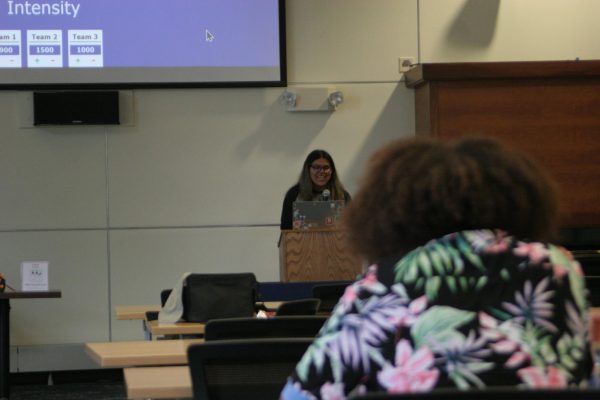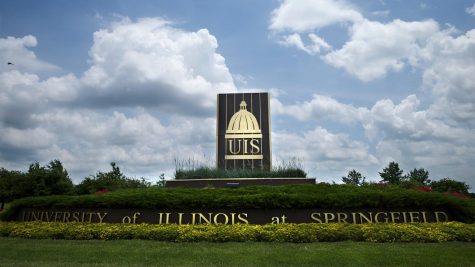The Coup in Myanmar: Where do we go from here?
For those of you who do not follow international news, on February 1, 2020 the Tatmadaw military of Myanmar (formerly known as Burma), launched a coup against the country’s democratically elected government. Having successfully seized the key government agencies and detained the civilian leadership, the Tatmadaw generals declared a state of emergency for one year that granted supreme authority to the commander-in-chief of the Tatmadaw, Min Aung Hlaing.
As of this writing, it is 46 days later and the situation still has not settled down. Pro-democracy protestors continue to stage demonstrations and the military junta continues to retaliate with lethal force. As of March 18, at least 121 people have been killed and over 2,400 detained, according to experts on the United Nations Human Rights Council. However, The Assistance Association for Political Prisoners (Burma), a human rights organization based in Thailand and Myanmar, puts the number of those killed at closer to 200.
Each of these things makes sense. The Tatmadaw enacted the coup after last year’s election in which the National League for Democracy (NLD) won a landslide victory, taking 396 seats out of a 476-seat parliament, while the military’s proxy party won only 33 seats. While not a perfect metric for gauging popular sentiment, the Tatmadaw has claimed the NLD’s success was the result of massive voter fraud. Though this claim has been denied by Myanmar’s election commission, these numbers do give some insight into the vehement opposition of the protestors to the Tatmadaw’s attempts to consolidate their hold on the country. While it is impossible to know for certain that this electoral defeat motivated the coup, the fact that the coup was enacted on the first day of the new parliamentary session, when the victors of the past election were set to take office, is indicative that the electoral results played at least some role in the coup-makers decision to seize power.
All of which leaves everyone – the protestors and the Tatmadaw leadership in particular – with one question: where do we go from here? The short answer is: nowhere good. For the Tatmadaw, the primary concern moving forward is money. Those soldiers firing live ammunition at protestors expect to be paid and so do the few non-striking bureaucrats needed to keep the government running on a day-to-day basis, not to mention the fuel that needs to be bought from abroad to keep the moving and houses heated. The IMF estimates that the government has approximately $6.7 billion (U.S.) worth of foreign currency, with an additional billion in the U.S. Federal Reserve Bank in New York which the U.S. government will not let them access. That gives the Tatmadaw just under five months of imports. The Tatmadaw tried issuing 200 billion kyats’ (the national currency of Myanmar) worth of five-year bonds, but they received one bid for less than a tenth of that value. To paraphrase an old advertising jingle, the Tatmadaw needs cash now, and they cannot get it while all of their people are protesting in the streets.
That leaves them with three options. First, they can intensify their efforts at suppressing the protestors, escalating from random violence to full-scale massacres. This has been the traditional method for the Tatmadaw in addressing pro-democracy protests, having come down on protestors brutally in both 1988 and 2007. Setting aside the obvious moral issues of mass killings that target civilians, there are two problems with this. One is external, as the international community would likely be forced to expand existing sanctions against the Tatmadaw and the country as a whole while scaring off the few foreign investors. The other is that internal, armed ethnic militias have sought autonomy and control over Myanmar’s resource-rich northern region since the country’s independence. Bringing more troops to quell protests in the southern cities could require pulling them away from conflicts in the north, which would allow these militias to strengthen their positions. Additionally, the self-declared civilian government in hiding, formed from those NLD leaders who escaped capture, has indicated that it has been in contact with the ethnic militias and seeks their cooperation in opposing the Tatmadaw coup. Despite this, a massive crackdown, with ensuing massacres, appears most likely.
A second option would be for the Tatmadaw to stay the course. This would mean continuing to retaliate against protestors with random acts of violence without escalating to the point of mass killings, all while hoping that their current liquidity outlasts the protestors’ resolve. The key problem with this is that such a situation is inherently unstable and could backfire massively. Rather than wearing down the protestors, the steady and seemingly random acts of violence could harden their resolve, pushing them to retaliate and escalating the situation into a full civil war. Additionally, the Chinese government, one of the few foreign investors to remain in the country following the coup, has been putting intensified pressure on the Tatmadaw leaders to put an end to the unrest, as protest groups have begun to target Chinese-owned factories in Myanmar.
The third, and least likely option is for the Tatmadaw leaders to acknowledge the coup’s failure and attempt to negotiate a return to the status quo prior to the coup. The problems with this are obvious. On top of losing power, the Tatmadaw leaders would almost certainly be arrested, then tried for treason and human rights abuses against protestors. Additionally, any civilian government would likely demand immense reforms curtailing the Tatmadaw’s power as an institution. Even if a civilian government was willing to agree to a return to the pre-coup status quo, it is unlikely that the protestors would be willing to accept such an arrangement. The Tatmadaw leadership must press on. Because the price of failure has become too high, they will not step down willingly.












